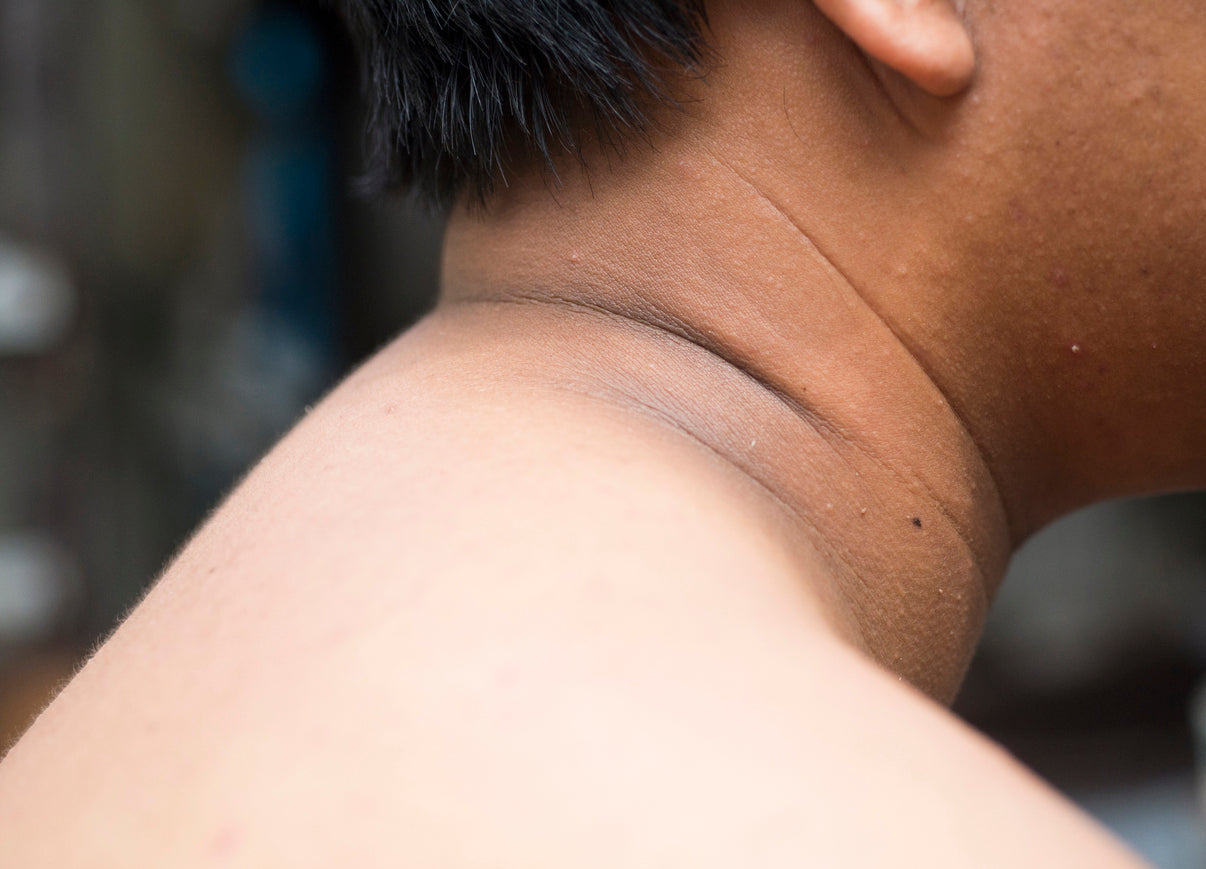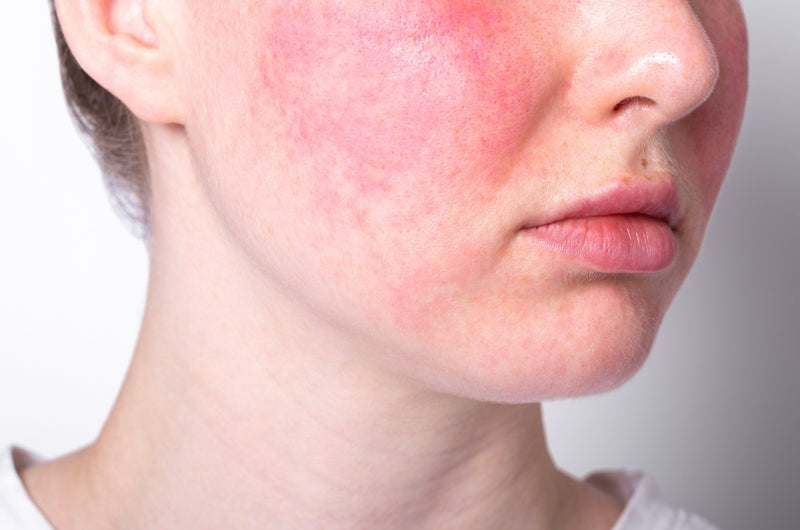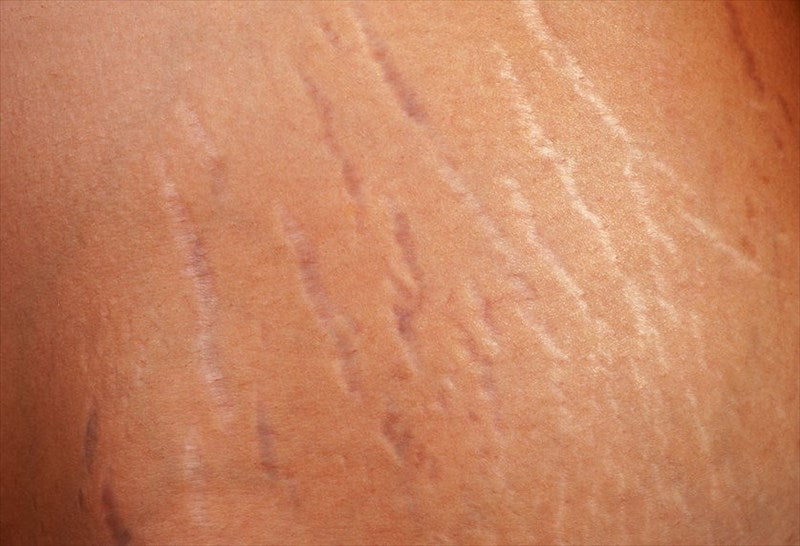If you've noticed areas of your skin becoming darker, thicker, and velvety, particularly around the neck, underarms, or groin, you may be dealing with a common skin condition called acanthosis nigricans (AN). Though not harmful, it can be a visible sign of underlying health concerns that should not be ignored.
What Is Acanthosis Nigricans?
Acanthosis nigricans is a skin condition marked by hyperpigmented, thickened, and velvety patches or plaques, typically found in body folds like the neck, axillae, groin, elbows, or knees. It may be accompanied by itching or odor in some cases.
This condition isn’t contagious or dangerous on its own, but it's often linked to metabolic, endocrine, or genetic disorders. In rare cases, it may signal internal cancer, especially in older adults.
What Causes Acanthosis Nigricans?
Acanthosis nigricans can be classified into several types, each with different underlying causes:
-
Insulin resistance (most common) – Seen in obesity, prediabetes, and type 2 diabetes.
-
Endocrine disorders – Polycystic ovary syndrome (PCOS), Cushing’s disease, and hypothyroidism.
-
Genetic predisposition – Familial cases may appear in early childhood.
-
Medications – Such as nicotinic acid, corticosteroids, estrogen, insulin, and oral contraceptives.
-
Cancer-associated – Paraneoplastic AN is rare but often aggressive and sudden in onset, most commonly linked to gastric adenocarcinoma.
How to Treat Acanthosis Nigricans
While there's no universal cure for AN, treatments aim to address the underlying cause and improve the appearance of the skin.
1. Treat the root cause:
-
Acanthosis nigricans, particularly the aggressive form, requires evaluation by a healthcare professional to exclude the possibility of underlying internal cancer.
-
Weight loss and improved insulin sensitivity are the cornerstones in obesity-related AN.
-
Managing endocrine disorders like PCOS or thyroid dysfunction can significantly improve symptoms.
2. Topical therapies:
-
Retinoids (e.g., tretinoin)
-
Keratolytics (e.g., salicylic acid, urea)
-
Topical vitamin D analogs and ammonium lactate
3. Systemic treatments:
-
Metformin or other insulin-sensitizing agents (when insulin resistance is present)
-
Oral retinoids in severe or extensive cases
4. Procedural treatments:
-
Chemical peels, laser therapy, and dermabrasion may be used for cosmetic improvement, especially in resistant cases.
5. Preventive Measures
While not all forms of AN are preventable, you can take steps to reduce your risk:
-
Maintain a healthy weight and balanced diet.
-
Manage blood sugar if you have insulin resistance or diabetes.
-
Avoid medications known to trigger AN when alternatives exist.
-
Regular checkups if you notice sudden or widespread skin changes, especially if you're over 40, to rule out underlying cancer.








